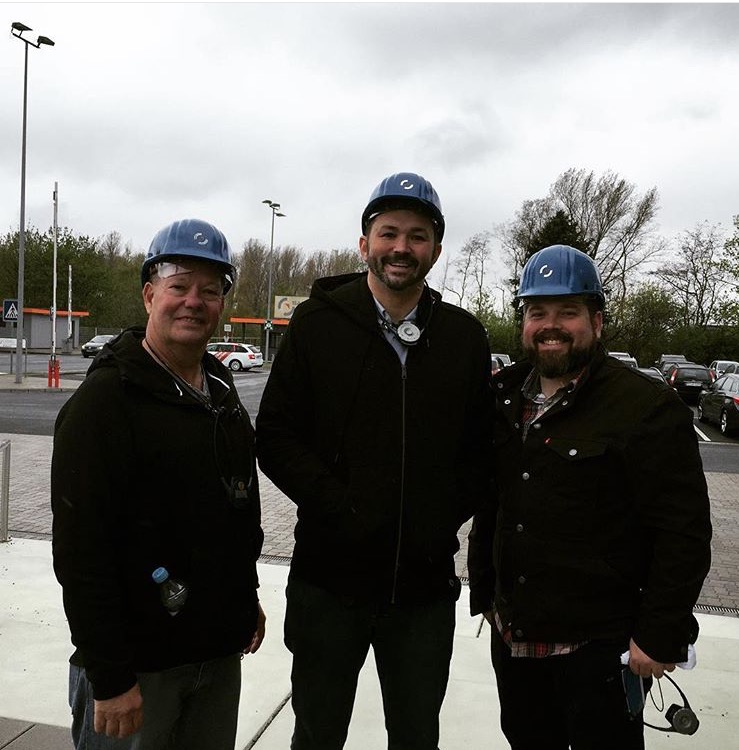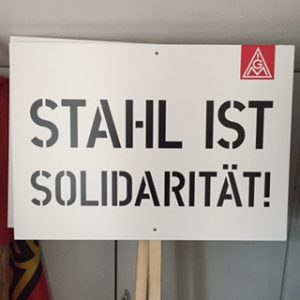
Turns out China’s steel dumping isn’t just an issue facing American steelmakers.
Editor's note: AAM staffers Brian Lombardozzi, Riley Ohlson, Mark Musho and Lou Delatore are in Hannover, Germany for the Hannover Messe conference. They’re posting dispatches from the event throughout the week.
Hallo aus Deutschland!
As the Alliance for American Manufacturing (AAM) staff continues to build bridges and promote our message of Keep it Made in America at Hannover Messe, on Thursday we were given a unique opportunity. Our group toured a German steel mill and met with a group of employees to discuss commonalities and differences of steelmaking in our respective countries.

Salzgitter Flachstahl was founded in 1937, and during World War II it was manned by concentration camp prisoners. But today it is the largest steel subsidiary in the Salzgitter Group. In 2014, more than 5,700 employees produced about 4.7 million tons of steel and generated a turnover of approximately $3 billion dollars.
It is an integrated iron-and-steel works that produces hot-rolled strip, hot rolled sheets, cold-rolled sheet, structural and fine-grained steels, as well as high-strength steels. The mill supplies flat-rolled products to vehicle manufacturers and their suppliers, manufacturers of standard and large-diameter tube, and materials used in the building industry.
The tour led us through the blast furnace just as it was being tapped. Seeing the molten steel and feeling the intense heat brought back a flood of memories from my 30 years of experience of making steel.
After the tour, we took part in a roundtable discussion of the issues and challenges that both our countries face. A number of topics were discussed, including the effects of steel overcapacity on the global level due to countries like China, who dump their excess steel in countries all over the world. We also discussed the continuous effort to meet the ever-changing needs of customers and dealing with environmental restrictions.
While our two countries are 4,000 miles apart and divided by the Atlantic Ocean, at least in the world of steel making, it appears they are much closer.
